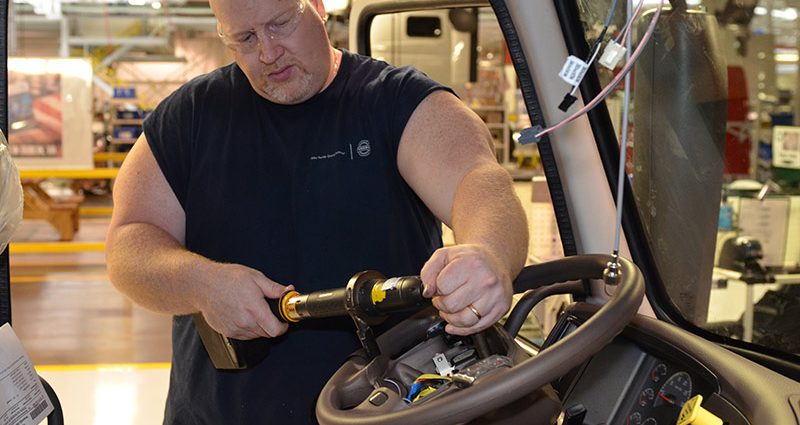Many trucks do not come standard with airbags. They can be added to customized trucks, but they are not mandatory. Airbags are designed to protect the driver and passengers in an accident. However, some crashes have still occurred with no airbags, causing injuries and deaths. As a result, airbag safety is a growing priority for truck manufacturers. Moreover, the shortage of truck drivers has resulted in longer driving hours, increasing the risk of speeding and fatigued driving.
Airbags are essential for heavy-duty trucks, but they do have limitations. In some cases, airbags can deflate during a crash, causing the cab to shake. This is not only dangerous for the driver, but it can damage a tractor’s transmission. The geometry of airbags forces the drive shaft into the transmission, and transmissions are not designed to withstand this extra movement.
Airbags were first made mandatory in 1991 as a safety measure for cars and trucks. However, this legislation did not cover semitrucks. Until then, only cars and small trucks were required to have them. Although airbags can reduce the risk of injury in an accident, their size and height can make a big difference.
Besides airbags, truck manufacturers have also added safety technologies. For example, Peterbilt trucks are equipped with Collision Mitigation Systems that use advanced cameras and radar to react to situations that the driver may not be aware of. Kenworth trucks also come with Rolltek side roll protection, which uses a camera and sensors to prevent rollovers.
In Australia, Isuzu trucks are equipped with driver and passenger airbags. Downunder, Isuzu has led the truck industry for 26 years. It is also the leader in low-cab forward trucks. In the United States, Peterbilt has incorporated a Rolltek safety system into its trucks.
In the event of a collision, air bags help semi trucks get back on their wheels by balancing their payload on an area about the size of two footballs. Airbags work in tandem with factory leaf spring suspension to keep the truck level during an accident. The airbag suspension system is controlled by a solenoid that increases or decreases the air pressure to keep the truck level.
Another benefit of airbags is that they help keep the truck level when towing or hauling a heavy load. The airbag inflates in case of a collision, pumping air into the airbag. This helps stabilize the truck, which may otherwise cause braking or acceleration problems.
In addition to airbags, some vehicles feature rollover sensors, which can detect when a vehicle is in a crash. This can help the airbags deploy and protect the passengers. As an added benefit, this system prevents ejection. In addition, it reduces the risk of a serious accident by allowing the airbags to deploy when the vehicle is in a rollover position.
While airbags are important in an accident, they also pose a risk of serious injury. Airbags are designed to deploy quickly to avoid serious injuries. The deployment time of side airbags is about 10 to 20 milliseconds. During this time, a vehicle changes speed, so airbags must be deployed quickly in order to minimize the risk of impacting the passenger.











